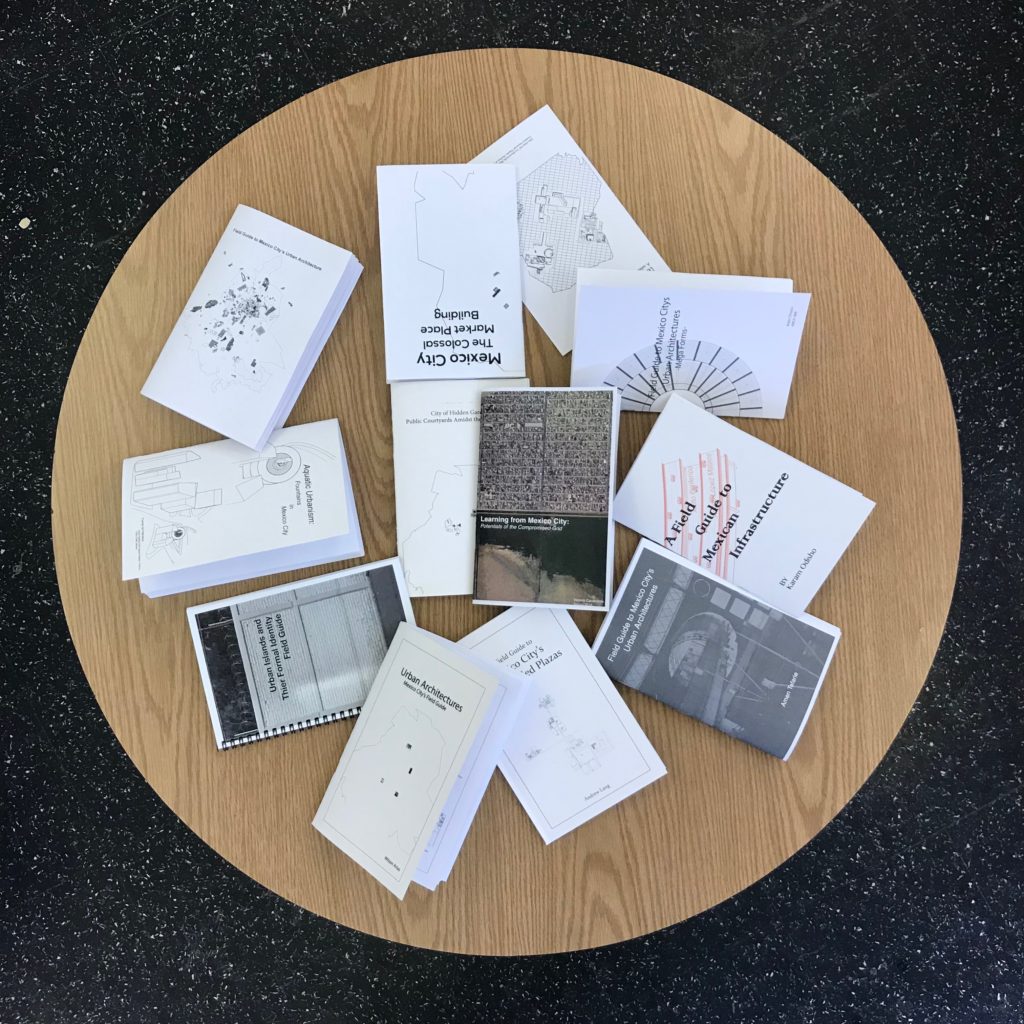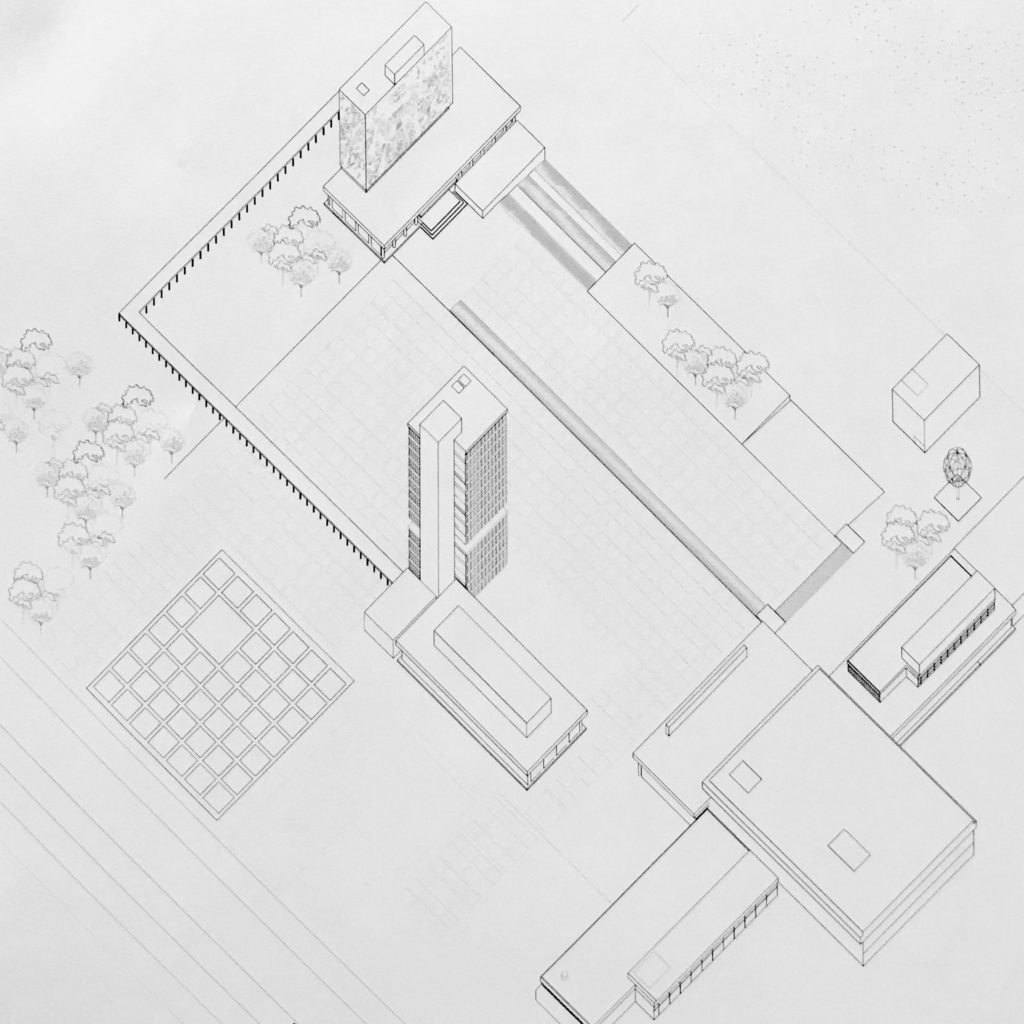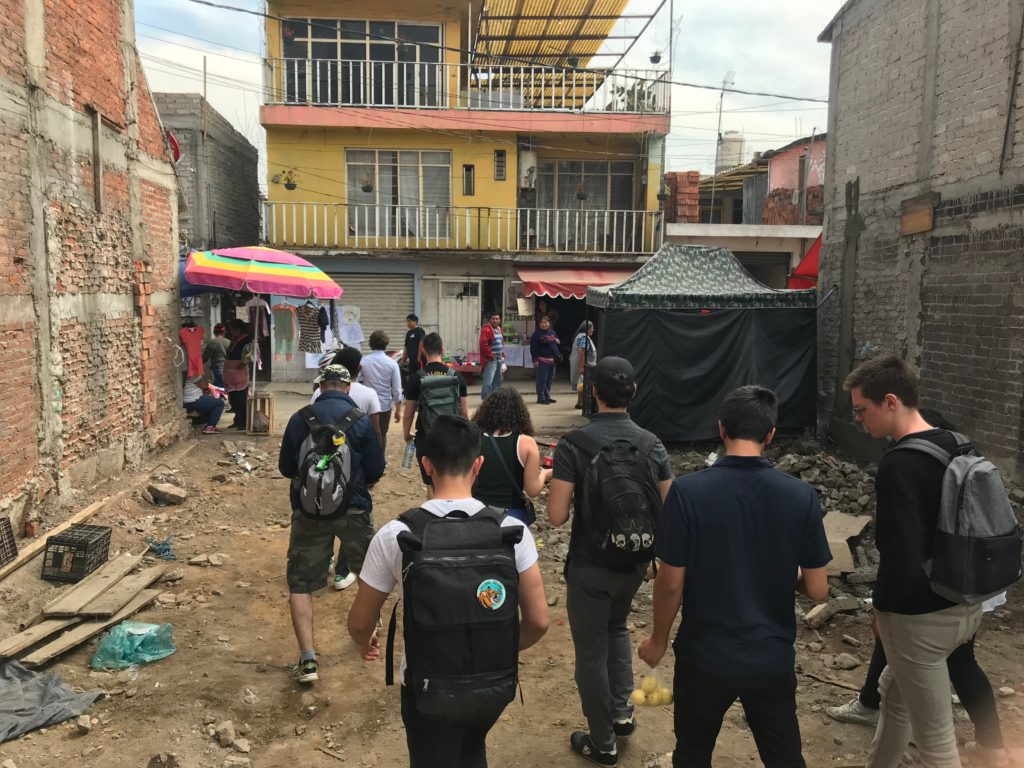In the Field: Mexico City’s Architectural Urbanism
Mexico City’s dramatic historical evolution, rapid urban expansion, unprecedented population growth, exuberant modernist ambitions, and ever-renewing spatial inventions catalyzed a city that constantly hovers between the forces of the city, the ambitions of architecture, and the ingenuities of the everyday. The original city of Tenochtitlan, built on an island at Lake Texcoco by the Aztecs in the 14th century, was the largest city of the Pre-Colonial Americas before it was occupied by Spanish colonial rule in the 16th century. Subsequently, a new city was built on top of the existing one, effectively doubling the urban network, covering its rivers to become streets, building Catholic churches above Aztec temples, and converting the ceremonial center into the seat of colonial power. Adapting an existing context and inventing a new one seems to be in the ether of the city. After all, today’s Greater Mexico City counts 22 million inhabitants and occupies over 3,700 square miles with half of its architecture built without regulations or permits yet filled with spatial, programmatic, and material ingenuity. The field trip sought to understand this tension: the tension between the formal and the informal, between planned avenues and makeshift markets, between geometric plazas and sinking houses, between colonial churches and ancient ruins.

Field Guides





Visiting territories after the earthquake
The field research was made possible through the generous support of UIC’s Office of the Vice Chancellor of Research.